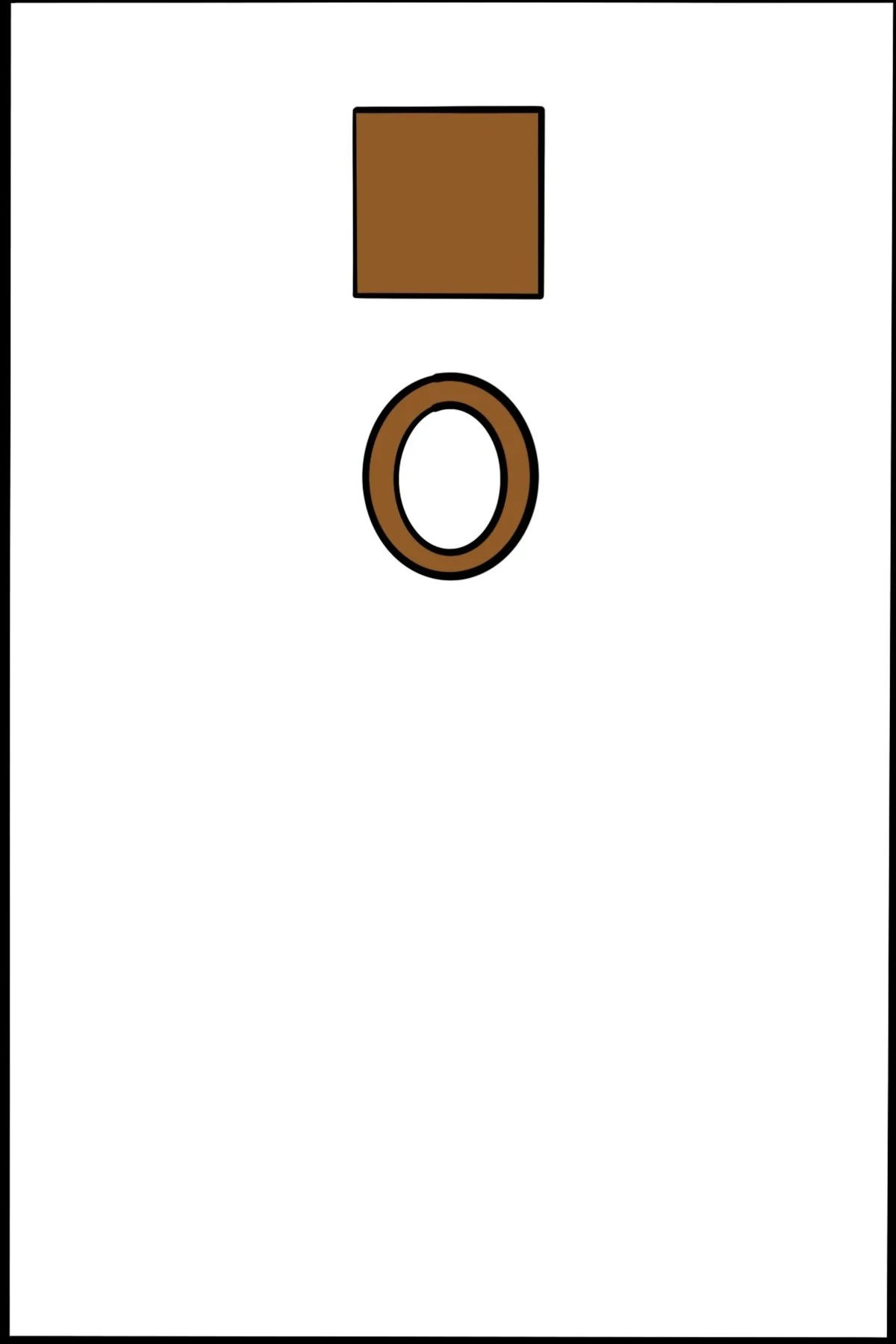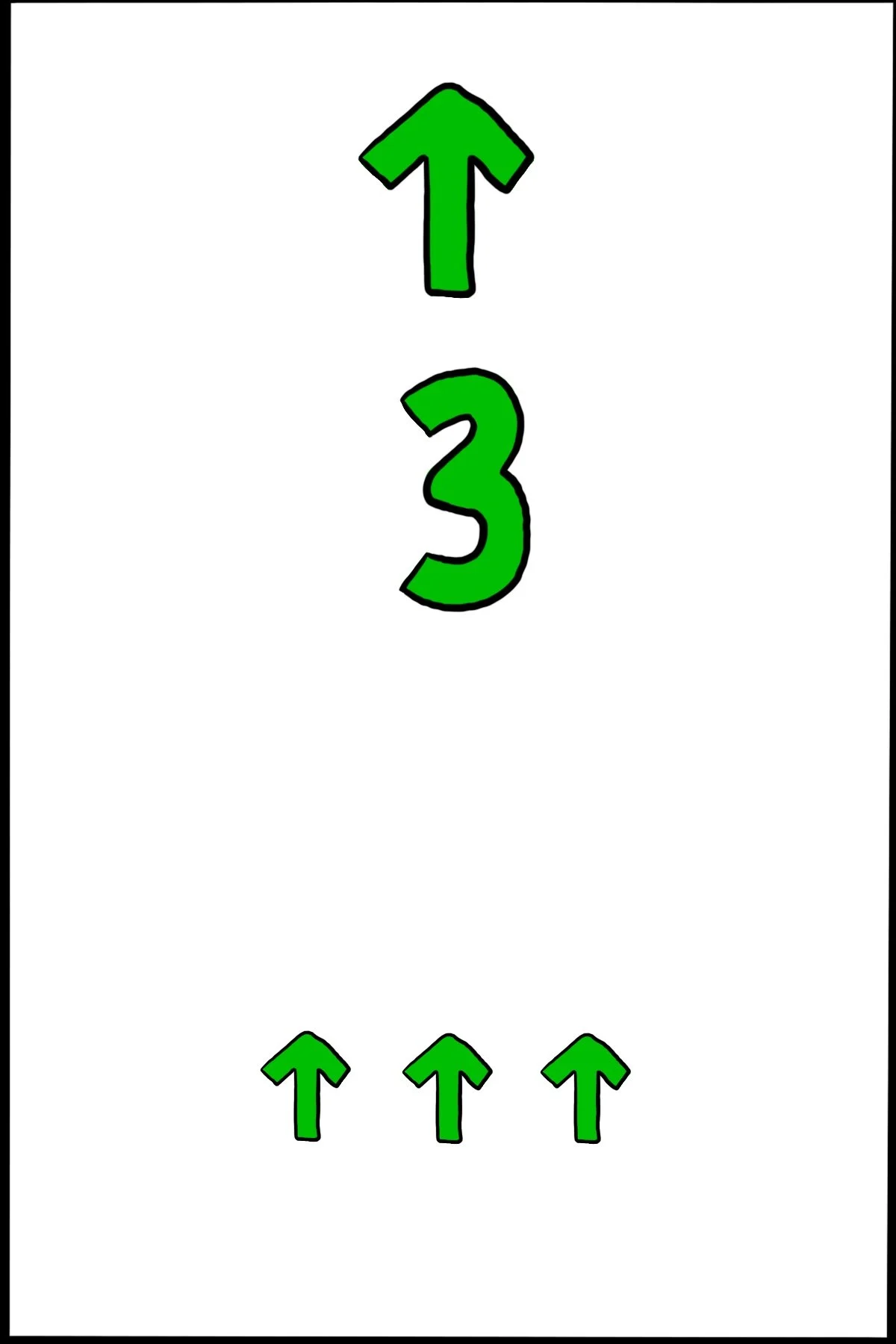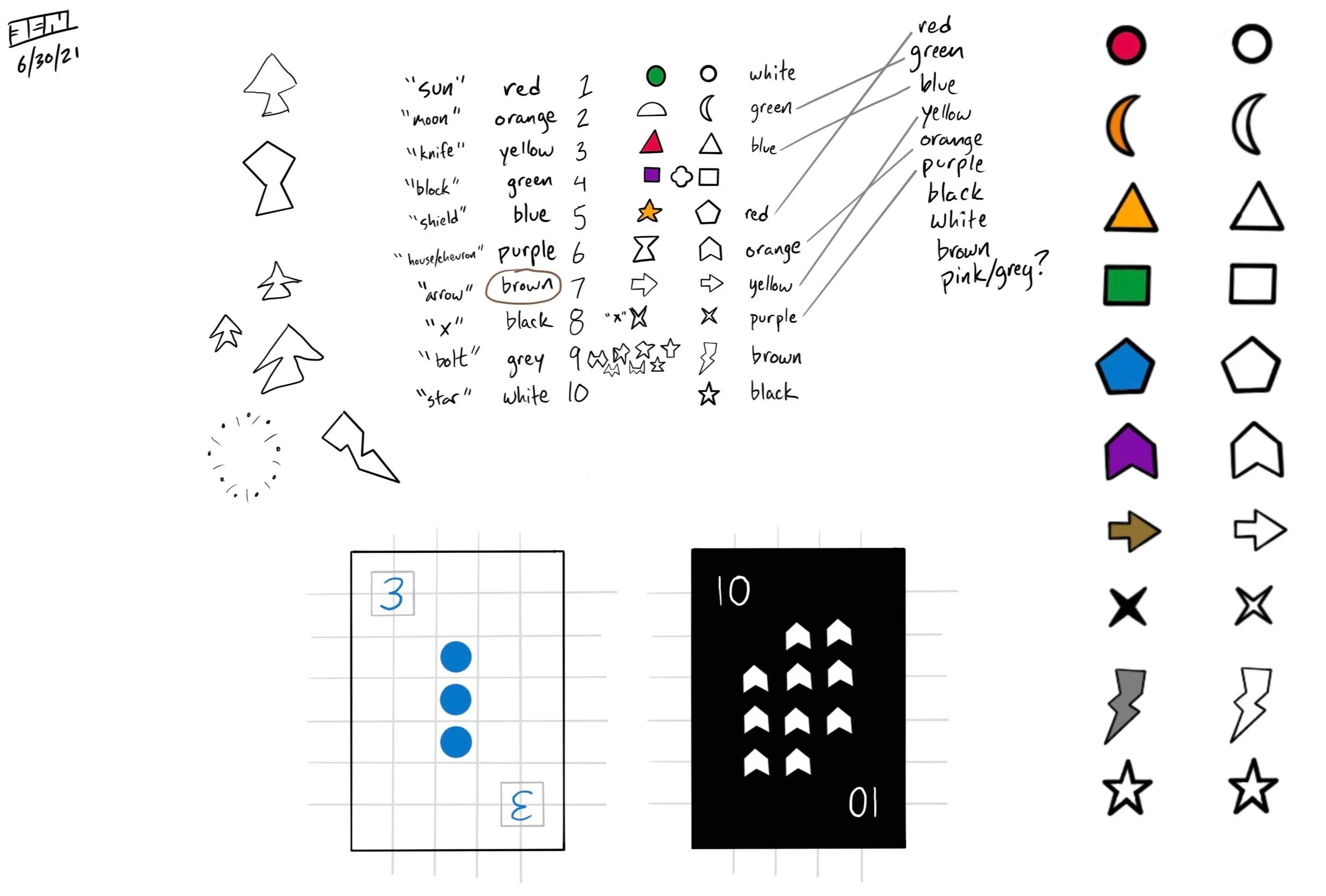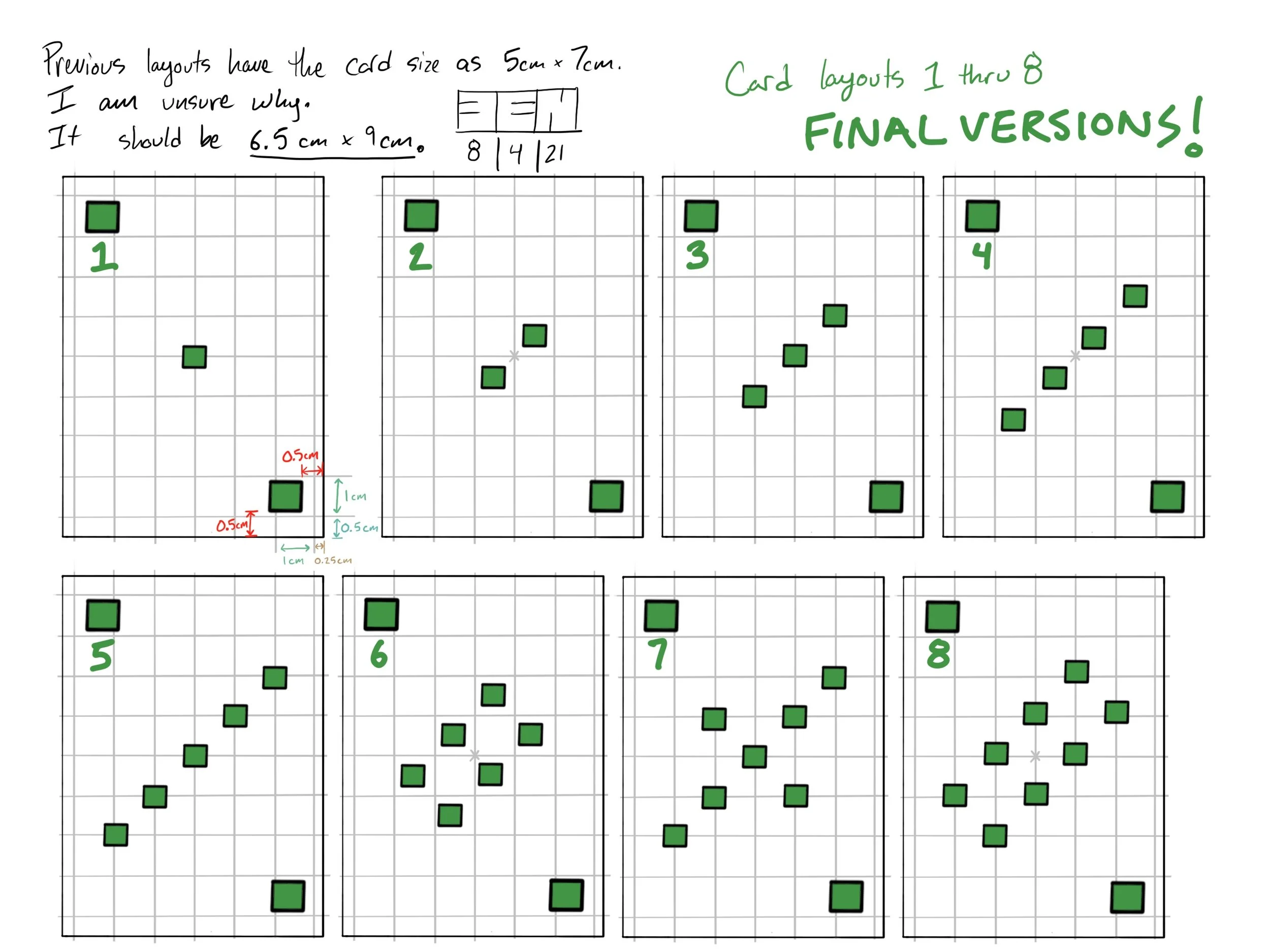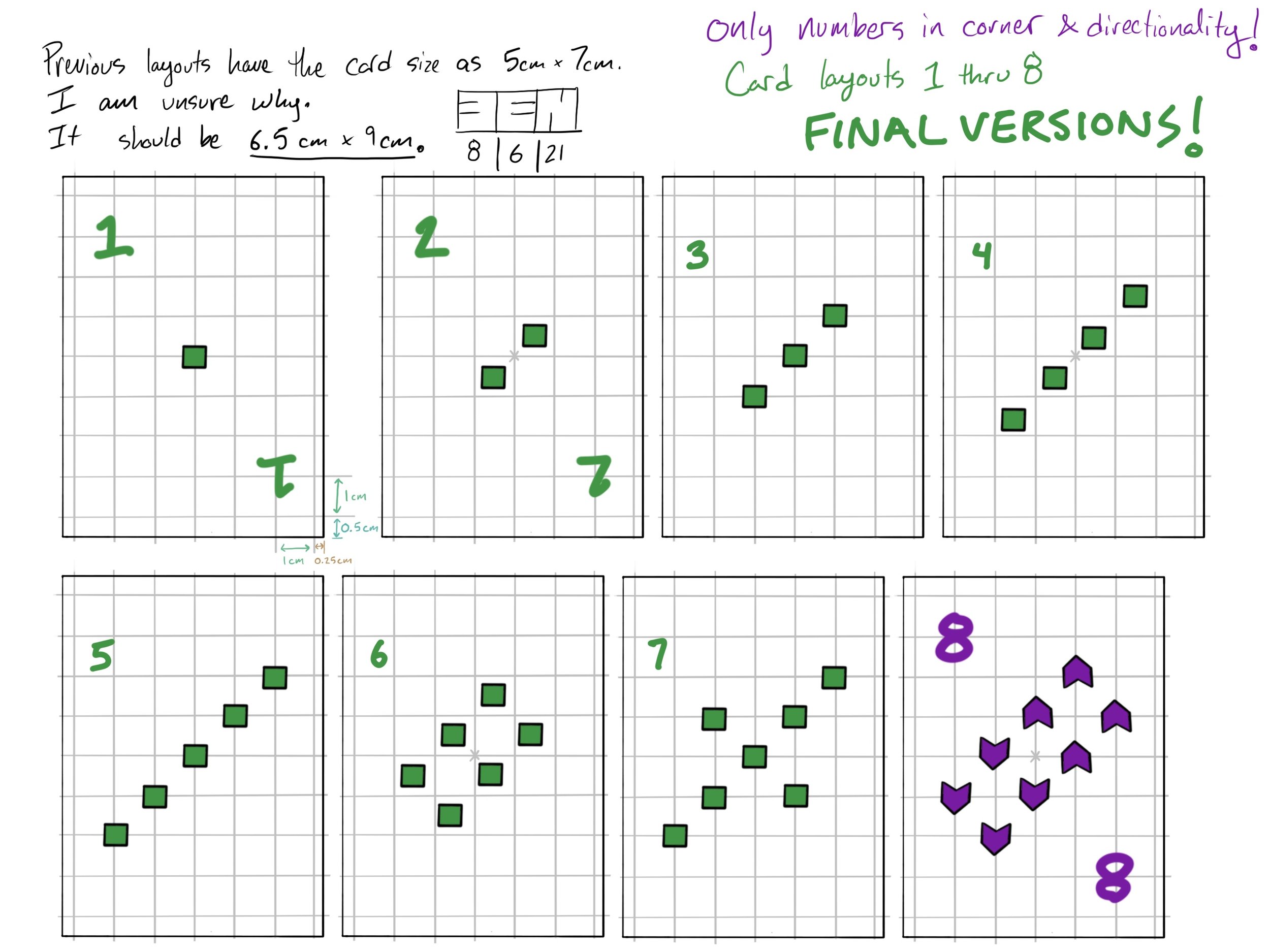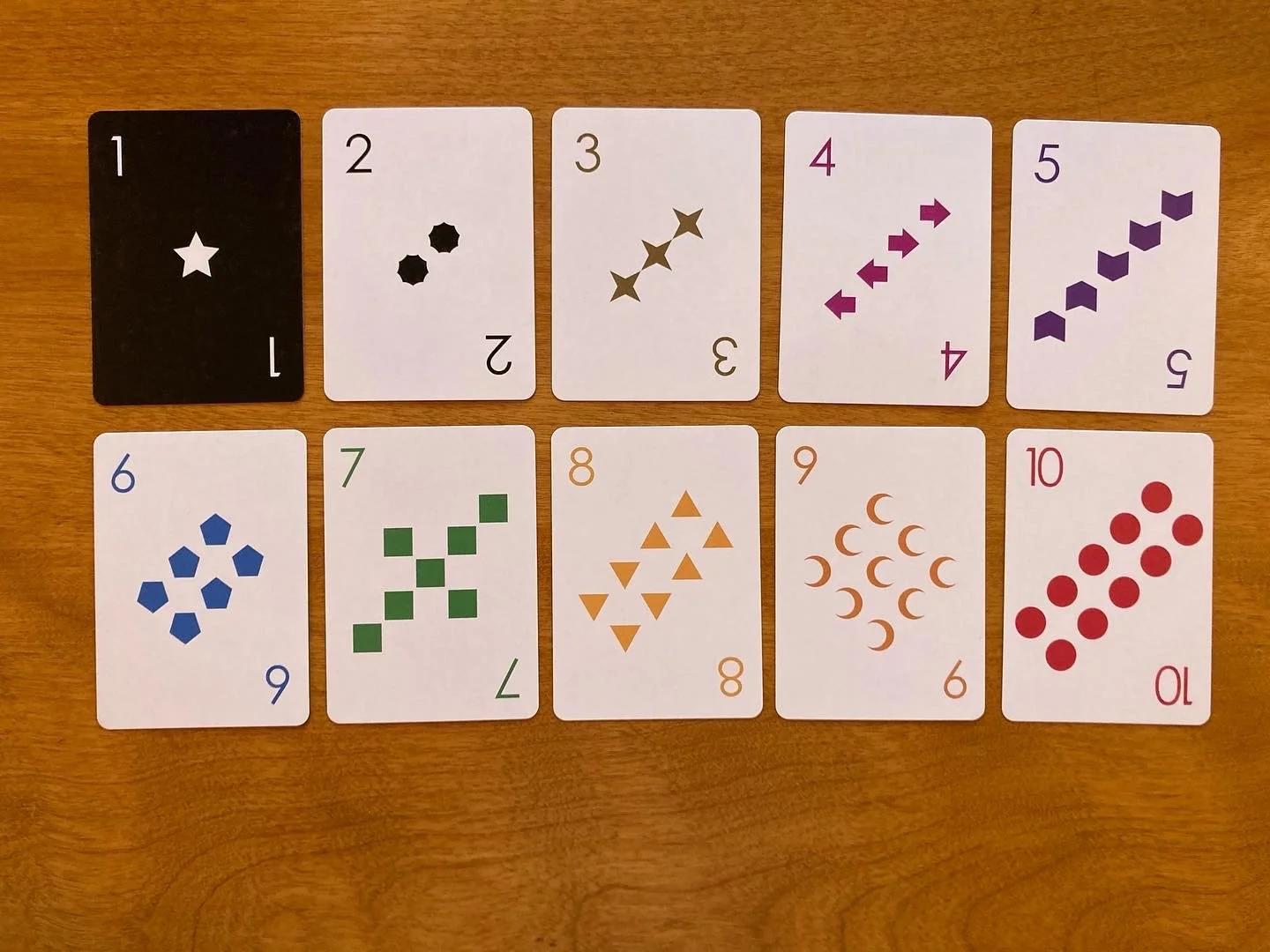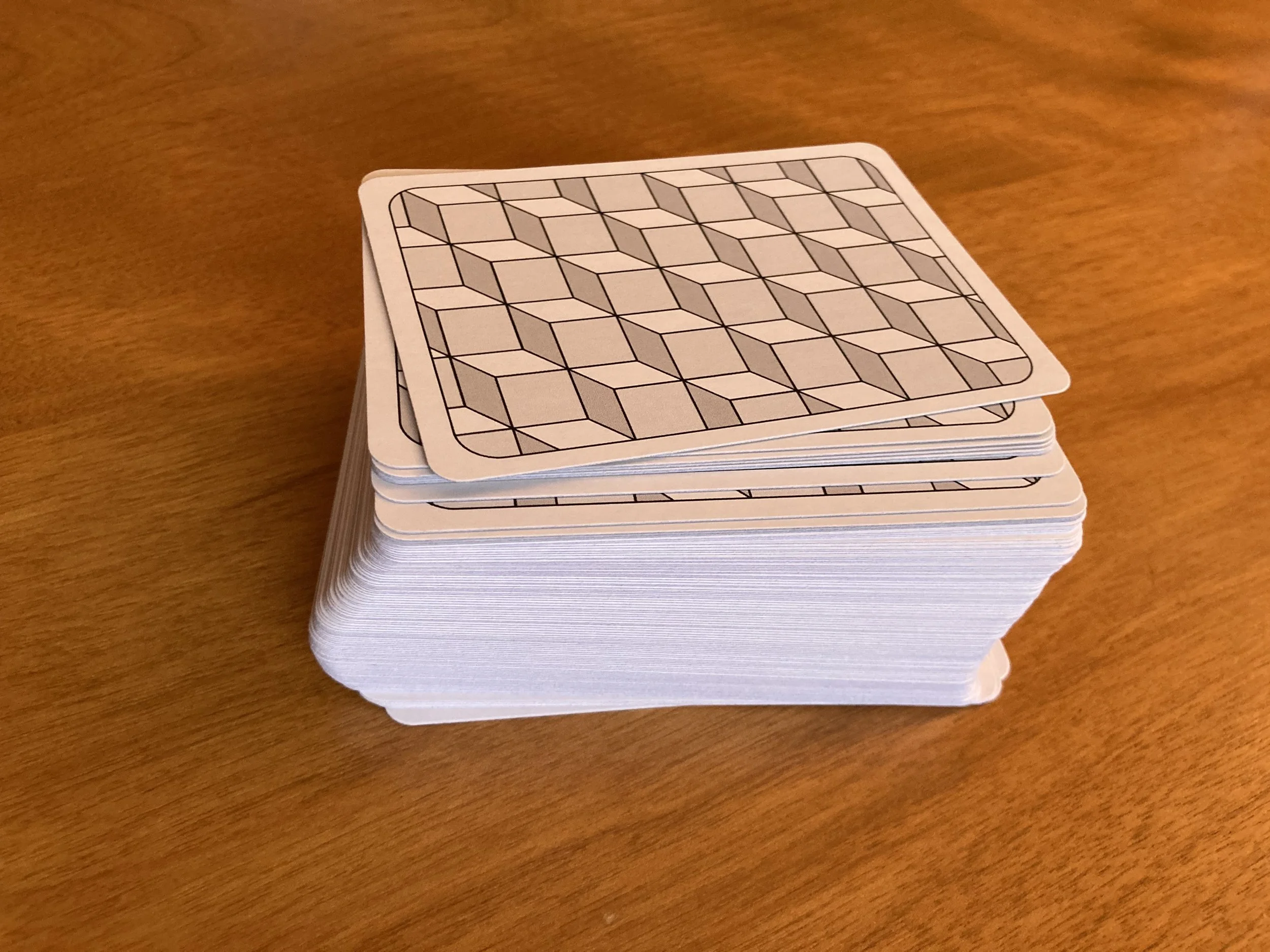Metricards
Reinventing the playing card to ease transition from Imperial to Metric units
Personal Project - Fall 2021
I first conceived of the idea for Metricards back in September of 2017. Perhaps it was my engineering classes and suddenly intense exposure to Metric measurements that made me want to make the base-10 unit system more approachable.
Within the gratuitous free time that the global pandemic afforded, I was able to revisit the idea and do some ideation in Procreate.
Deciding on ten distinct suits and colors proved to be a challenge. Eventually, I devised a system where the suits count up to ten via the number of vertices in their suit. For example, Suns have one point (they are a point, really), Moons have two points, and so on, all the way down to Stars with ten points.
I’m not a graphic designer, so I wanted to have a solid layout for the “pips” (i.e. the little suits on the body of the card) before I learned a vector drawing software. This ideation was done in Procreate.
Turning my designs into scalable vector drawings was new to new, so I had to learn computer drawing from scratch. I used Inkscape to design the suits and finalize the layouts. One notable design decision I made during this phase was to make the tenth suit (Stars) have black backgrounds. This added greater contrast to the deck and afforded an entire suit that could be designated as wild by game designers or players.
The minimalist design of the cards pays homage to the fact that I am not a graphic designer and I did my best.
The naming conventions for the suits were carefully chosen. Each suit name is only one syllable long, and the suits were intended to represent things that would be accessible to people of nearly any background.
The backings were inspired by my love of M.C. Escher’s tessellations.
Once the designs were finalized in Inkscape, they were sent off to be printed by MakePlayingCards.com.
Preliminary game play suggests a few improvements, but also massive promise. Early attempts at games like Gin Rummy indicate that this deck will do well as a substitute for games requiring matches and runs, but trick-taking games may require a bespoke game.
Going forward, it would be helpful to have the pips underneath the corner numbers on each card, so when one is holding cards they don’t have only colors to indicate suits. Also, while the all black background of the Stars looks sleek, they show up as thin black lines when looking at a shuffled deck from the side. This will need fixing so that no one can count cards.
Ultimately, this project was and continues to be a fun exercise in game design, and an attempt to answer whether there can be other “standard” card decks.




